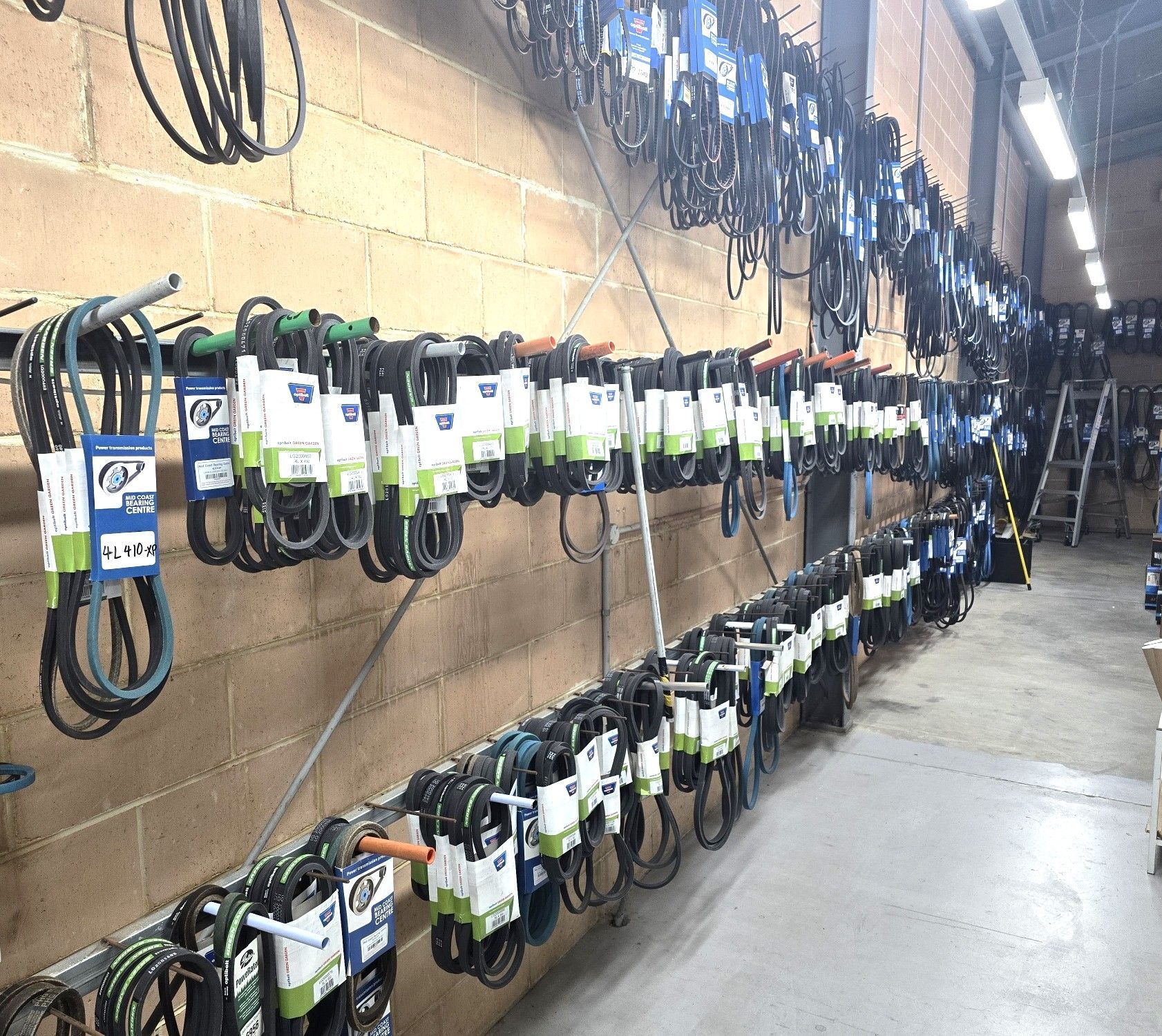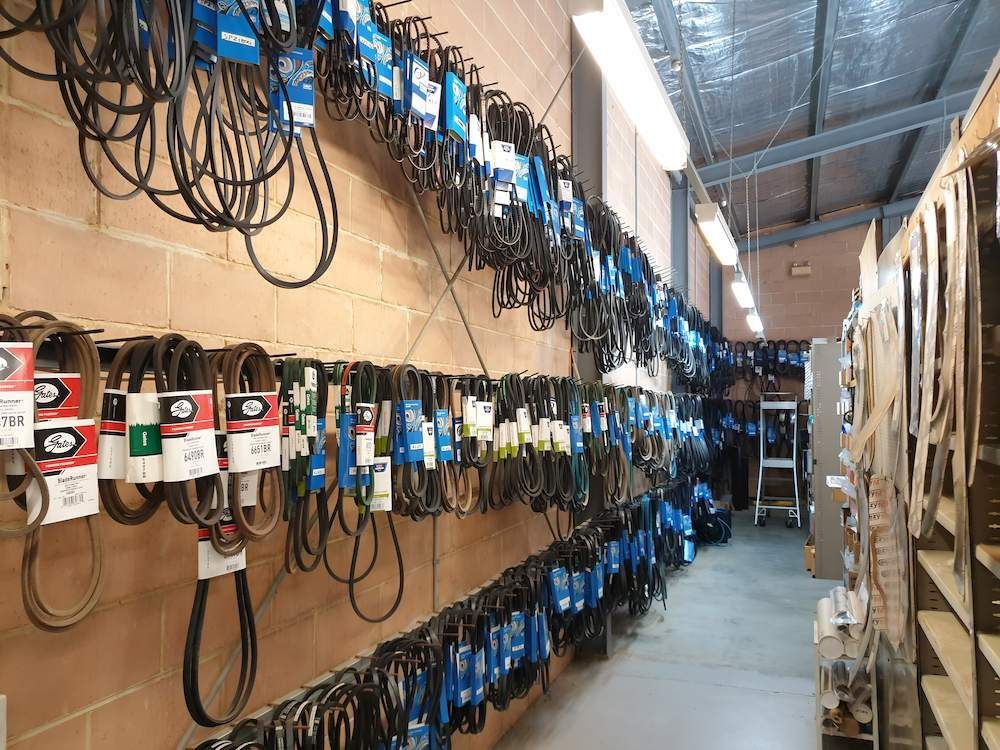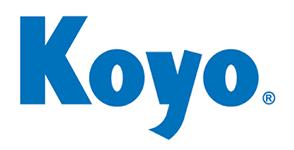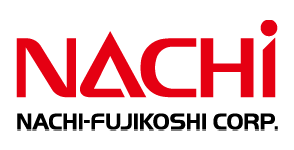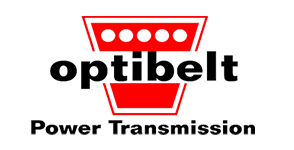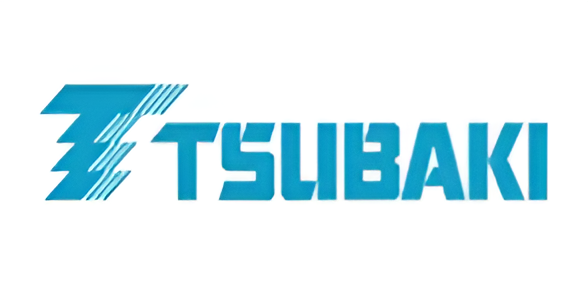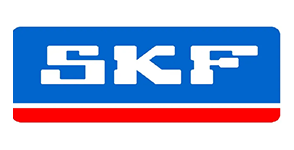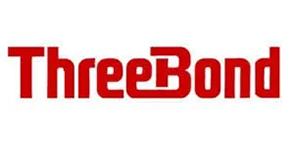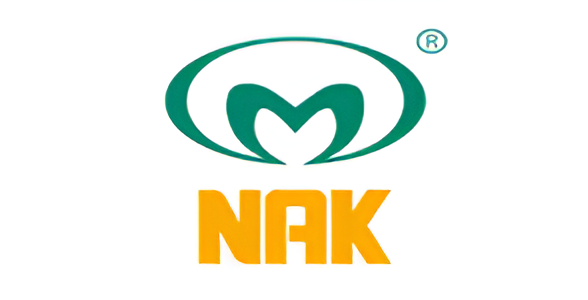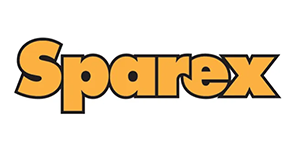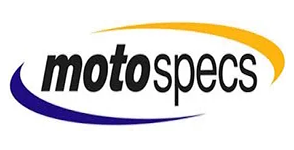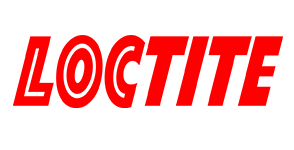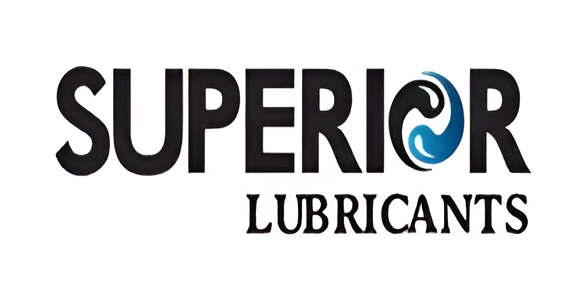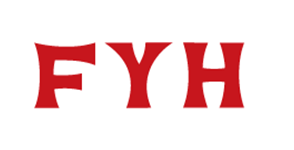Belts in Gloucester
- Fast delivery across the Mid North Coast
- Stocked with trusted, quality brands
- Knowledgeable, hands-on customer support
Request a call back In Gloucester
Thank you for contacting Mid Coast Bearing Centre.
We will get back to you as soon as possible.
Oops, there was an error sending your message.
Please try again later.
Gloucester Belts
Looking for quality belts in Gloucester? Mid Coast Bearing Centre is your reliable local supplier, with decades of experience helping customers find the right products to keep their machinery running smoothly.
We support the needs of farmers, tradespeople, mechanical workshops, and industrial operators across the region with a large range of belts that are built to perform. Whether you need a replacement for worn-out equipment or a heavy-duty solution for high-load machinery, we stock everything from V-belts and timing belts to drive belts in a wide range of sizes and materials.
Our team understands local conditions and the demands placed on agricultural and industrial equipment in Gloucester. That’s why we focus on providing durable, high-performing belts sourced from trusted brands. We make it easy to find the right fit—fast—and back it with honest advice and friendly service.
Contact 02 6552 3699 today to order your belts or get expert support from our team.
Keeping Gloucester Moving
When a belt breaks or slips, downtime can be costly. That’s why Mid Coast Bearing Centre works closely with Gloucester locals to supply strong, reliable belts that keep everything running—from tractors and compressors to conveyors and ride-on mowers.
We stock high-quality belts for all sorts of machines, with a focus on delivering solutions that match real-world needs. Our team will help you find the right profile, tension rating, and length for your system, whether it's a quick fix or a long-term upgrade.
With decades of experience, we know what works and take the time to explain your options clearly. We also offer local delivery and priority service to help reduce wait times and get you back on track faster. For us, it’s not just about selling parts, it’s about helping you solve problems.
So, if you're in Gloucester and need belts you can count on, we're here to help.
What are the most common types of belts used in machinery?
There are several common types of belts used in machinery, each suited to different functions. V-belts are among the most widely used for transmitting power in motors and engines, thanks to their wedge-shaped design that fits tightly into pulley grooves. Timing belts have teeth that interlock with pulley gears, providing precise movement for synchronised components—common in car engines and robotics. Flat belts are used for high-speed, low-torque applications and are ideal for light machinery. Multi-ribbed belts, also called serpentine belts, combine flexibility with the power-handling of V-belts and are used in compact engines. Each type offers a different balance of strength, grip, flexibility, and alignment, so choosing the right one depends on your machinery's speed, load, and pulley setup.
How do I measure a belt for replacement?
To measure a belt for replacement, start by identifying whether it’s still intact. If it is, use a flexible tape to measure the total outside length. You’ll also need to record the width and check the belt profile—whether it’s flat, V-shaped, or toothed. If the belt is broken, measure both pieces and add the lengths together. In the case of V-belts, the profile angle and internal length (often measured in inches or millimetres) are critical for ensuring a proper fit. You can also look for manufacturer codes printed on the belt itself, which often indicate the size and type. If you're unsure, bring the old belt or its specs to a supplier who can help you match it correctly.
Why do belts wear out, and how can I prevent it?
Belts wear out for several reasons, including improper tension, misaligned pulleys, exposure to contaminants like oil and dust, and natural material degradation over time. Over-tensioned belts put excess strain on components, while loose belts can slip and overheat. Heat, humidity, and exposure to chemicals can also cause belts to harden, crack, or stretch prematurely. To prevent this, check belt tension regularly, clean the system components, and replace worn pulleys or bearings that may cause uneven wear. Using high-quality belts and ensuring the right fit for your application will also help extend their service life.
